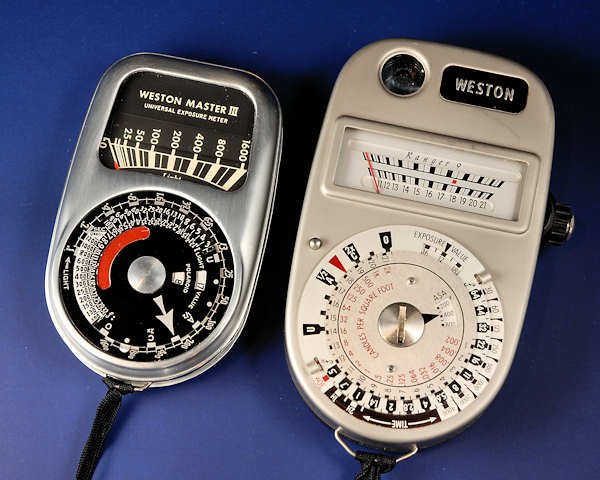How to Build a Light Meter

Light meter is a device which is widely used by the photographers to measure the amount of light in the surroundings in order to configure their equipment accordingly to get the desired photos. Although it is quite a useful device, but it is too expensive to buy. However, you can make it at your home so as to measure the light exposure to take good pictures.
Things Required:
– PVC pipe, 4 inches long
– Epoxy
– PVC cap
– Drill
– Photodiode
– Photometer
– 18 percent neutral gray card
Instructions
-
1
First of all, you have to apply a small globule of epoxy to the outer edge of the PVC pipe. Just apply the epoxy at one side and leave the other side as it is. After that, you have to press the cap of your PVC pipe in order to attach the two pieces. Although, the epoxy will take around one day to cure the pipe, but you can proceed with the other things by keeping the pipe aside at a safe place where nobody will move it.
-
2
Now, you have to make a hole right in the center of the PVC cap. The size of the hole must be somewhat equal to the diameter of the photodiode which you will use.
-
3
Then, take the epoxy and put a bead into the hole which you just made. Now, insert the photodiode into that hole on the PVC cap. You have to insert the photodiode along with the wires which will extend in the pipe. Allow the epoxy to cure so that the photodiode and PVC cap attach firmly with each other.
-
4
Connect the digital photometer to the negative and positive leads which are coming from the rear of the photodiode. You will have to use a very sensitive photometer as a lesser sensitive meter will not be able to detect the minute current level.
-
5
Now, you have to point your photodiode at exact 18 percent neutral gray card which you can simply get from a hardware store containing photography equipment. After that, just record the voltage from the reading.
-
6
Then, just point your camera in the same direction, keeping the same distance at which you kept your photodiode at 18 percent neutral gray card. Record the reading and adjust the light accordingly.
-
7
In the end, you just have to compare the voltages which you get in the previous step and choose the most appropriate one.







